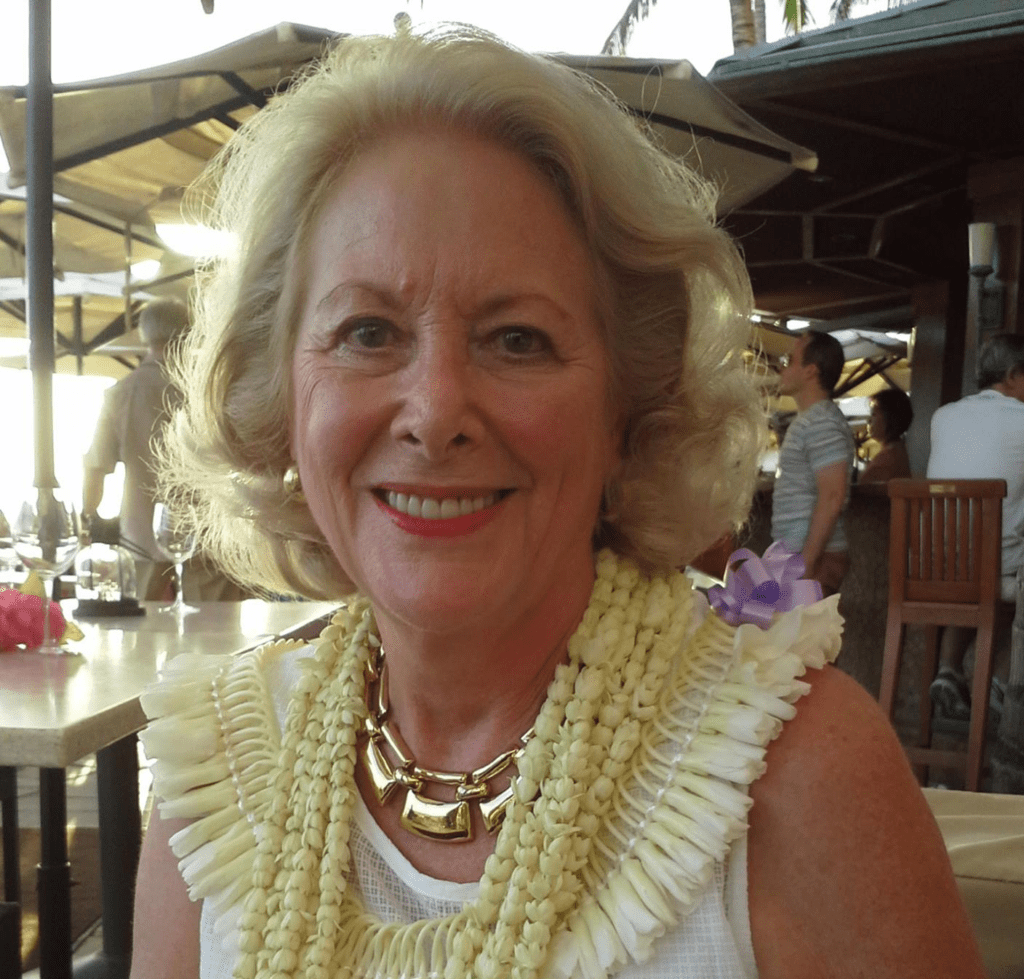California and Hawai‘i Release Annual Reports on Medical Aid-in-Dying Laws
Data show growing participation and underscore the need to improve access and increase diversity.
Jul 23, 2020

This month, Hawaii and California departments of health released 2019 annual reports on their respective medical aid-in-dying laws. These reports provide data on how many people utilized medical aid in dying, how many doctors wrote prescriptions and other critical information related to the medical practice.
In the first full year of Hawaii’s Our Care, Our Choice Act being in effect, 30 prescriptions were written by 13 unique physicians. Of those who received prescriptions, 15 used their aid in dying medication, eight died without using their medication and seven continued to live with their prescription in hand.
Preliminary data from the first six months of 2020 indicates more people are accessing the law — 24 qualified patients received medical aid-in-dying prescriptions, with 13 of them ingesting the medication, including Judy Browning. Judy witnessed her mother’s agonizing death from breast cancer, which ignited her passion for advocating for aid-in-dying laws. Judy lived with breast cancer for a decade, and said, “I felt like the world had been lifted from my shoulders when I received my prescription.” She took the medication and died peacefully on May 30, 2020. Read her full story, in her own words.
The California Department of Public Health also released their report on the End of Life Option Act showing 618 terminally ill, adult patients received prescriptions written by 246 unique physicians for medical aid in dying in 2019, and 405 patients took the medication in 2019. This was an increase from 2018, but disparities persist in who accesses medical aid in dying.
These reports provide vital information on medical aid in dying, and provide mounting evidence that the laws are working as intended for those who can access them. However, we know from more than 40 collective years of data that these laws create barriers that make it difficult for terminally ill people to access this peaceful option, including lengthy waiting periods that often result in terminally ill people dying before they can access the law. This is why Compassion & Choices’ implementation efforts are so critical and continue through education and outreach efforts in both states.


